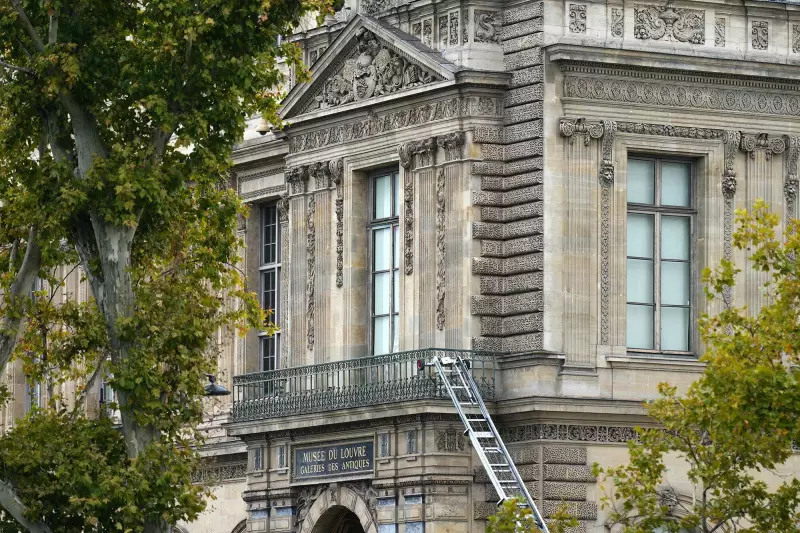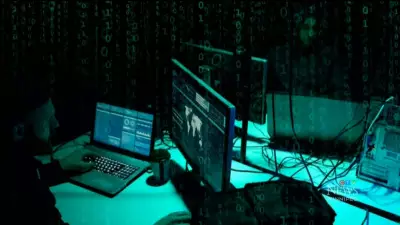
In a stunning cybersecurity revelation that reads more like a spy thriller than museum protocol, the Louvre in Paris committed one of the most basic security sins imaginable. The institution tasked with protecting some of humanity's most priceless treasures used passwords so simple they might as well have left the keys under the welcome mat.
According to cybersecurity researchers at the IoT Village project, the Louvre's surveillance system was protected by passwords that included 'admin' and '123456'—the digital equivalent of a padlock with the combination 1-2-3-4. But the most ironic password of all? 'joconde'—the French name for none other than Leonardo da Vinci's masterpiece, the Mona Lisa.
The Digital Invitation Every Hacker Dreams Of
Security experts discovered that the museum's CCTV cameras were accessible online with virtually no protection. Anyone with basic technical knowledge could have potentially accessed the live feeds monitoring galleries containing works valued at billions of dollars.
'This isn't just a minor oversight,' explained one cybersecurity analyst who preferred to remain anonymous. 'When you're responsible for the Mona Lisa, the Venus de Milo, and countless other irreplaceable artifacts, using default passwords is like protecting Fort Knox with a screen door.'
How the Security Breach Unfolded
The vulnerability came to light during security testing of internet-connected devices. Researchers found that:
- The Louvre's camera system used factory-default credentials
- Multiple cameras were accessible via public internet connections
- The system lacked basic security protocols
- Passwords hadn't been changed from their original settings
What makes this breach particularly alarming is that the Louvre attracts over 10 million visitors annually, making it both a cultural icon and a potential target for everything from art thieves to terrorist groups.
The Aftermath: Swift Action and Lessons Learned
Once notified of the security flaws, the Louvre acted quickly to secure their systems. Museum officials have since implemented proper security measures and conducted comprehensive reviews of all digital protection systems.
This incident serves as a crucial reminder to organizations worldwide: cybersecurity isn't just for banks and government agencies. When you protect cultural heritage, you're safeguarding pieces of human history that can never be replaced.
The next time you gaze upon the Mona Lisa's enigmatic smile, remember that behind the scenes, there's a digital security story almost as intriguing as the painting itself.





